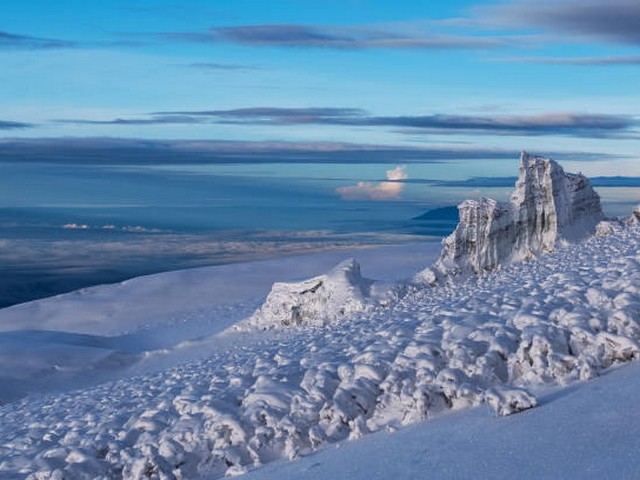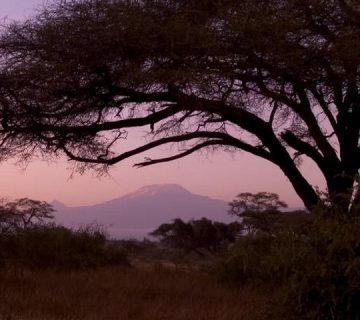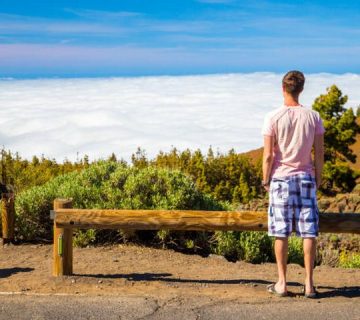First Aid Essentials For Kilimanjaro Trekkers: A Guide to Safe and Spectacular Climbing
Climb High, Stay Safe: Preparing for Your Kilimanjaro Adventure
Ascending the majestic slopes of Mount Kilimanjaro is more than a trek; it’s a journey of the spirit. As Africa’s highest peak pierces the sky at 5,895 meters (19,341 feet), it beckons adventurers from all corners of the globe to experience its sublime beauty. However, the path to the summit is not just paved with awe-inspiring views and personal epiphanies; it also demands careful preparation, especially in the realm of health and safety. That’s why understanding the first aid essentials for Kilimanjaro trekkers is crucial to ensuring your trek is as breathtaking as it is secure.
At Kilimanjaro Centre for Trekking and Ecotourism (KCTE), we not only aim to guide you to the summit but to ensure you arrive safely, healthily, and happily. This guide is meticulously crafted to prepare you for the unexpected, ensuring that your climb is nothing short of spectacular.
Understanding the Altitude: Why First Aid Knowledge is Essential on Kilimanjaro
Altitude can be a fickle friend. As you climb higher, the air thins, and your body needs to adjust to lower oxygen levels. This natural challenge necessitates a well-stocked first aid kit tailored to the unique conditions of Kilimanjaro. Preparation is your best ally, and knowledge of first aid can make a significant difference in how you manage altitude-related issues and other potential medical needs.
H2: Building Your Kilimanjaro First Aid Kit: The Essentials
A well-prepared first aid kit is your first line of defense against minor injuries and ailments on your trek. Here’s what you should include:
H3: Medication Must-Haves
- Altitude Sickness Medication: Acetazolamide (Diamox) is a popular prophylactic medication that can help prevent the symptoms of altitude sickness.
- Pain and Fever Relievers: Ibuprofen or acetaminophen can manage pain or fevers.
- Antidiarrheal Medications: Changes in diet and water can lead to stomach upsets. Loperamide is a common standby.
- Antihistamines: For those unexpected allergic reactions.
- Throat Lozenges: Keep these handy in case of throat irritation caused by the dry, cold air.
H3: Wound Care Supplies
- Antiseptic Wipes and Creams: To clean and protect any cuts or scrapes.
- Bandages of Various Sizes: Including adhesive bandages and gauze.
- Blister Treatment: Moleskin or hydrocolloid dressings can prevent and treat blisters.
- Medical Tape: For securing gauze and bandages.
H3: Additional First Aid Items
- Thermometer: Monitor potential fevers.
- Tweezers and Scissors: For removing splinters or cutting tape.
- Sunscreen and Lip Balm with SPF: Protect your skin and lips from harsh UV rays.
- Hand Sanitizer: Keep germs at bay when clean water isn’t available.
Recognizing and Managing Altitude Sickness
Altitude sickness is a real concern on Kilimanjaro, manifesting in three forms: Acute Mountain Sickness (AMS), High Altitude Pulmonary Edema (HAPE), and High Altitude Cerebral Edema (HACE). Recognizing their symptoms early and knowing how to respond is vital:
- AMS: Symptoms include headache, nausea, dizziness, and fatigue. Rest, hydration, and possibly descending to a lower altitude are initial treatments.
- HAPE: Characterized by breathlessness, a persistent cough, and a feeling of tightness in the chest. Immediate descent and medical attention are critical.
- HACE: Symptoms include confusion, lack of coordination, and changes in behavior. This is a life-threatening condition requiring urgent descent and medical intervention.
Preparing for the Unexpected: Scenario-Based First Aid Tips
H3: Minor Falls and Sprains
Practice the RICE method: Rest, Ice, Compression, and Elevation. Keep a compression wrap in your first aid kit for such injuries.
H3: Dehydration
Prevent dehydration by drinking plenty of water, enhanced with electrolyte supplements if necessary. Recognize the signs early, including thirst, darker urine, and fatigue.
H3: Sunburn and Frostbite
Apply sunscreen regularly and wear appropriate clothing. For frostbite, avoid direct heat and gently warm the affected areas.
Why Choose KCTE for Your Kilimanjaro Trek?
Embarking on a journey to Kilimanjaro’s summit with Kilimanjaro Centre for Trekking and Ecotourism (KCTE) means placing your trust in a team that values your safety and experience above all. We provide top-notch guides who are Wilderness First Responder certified and equipped with the knowledge and skills to handle any medical emergencies. Our commitment to your well-being is matched only by our passion for sharing the wonders of Kilimanjaro.
FAQs: First Aid Essentials for Kilimanjaro Trekkers
Q1: How important is it to have a guide who is trained in first aid?
A1: Extremely important. A trained guide can quickly recognize and efficiently manage health issues, significantly improving the safety of the trek.
Q2: Can I rent a first aid kit from KCTE?
A2: Yes, KCTE offers fully stocked first aid kits for rent, though we recommend familiarizing yourself with its contents and how to use them.
Q3: What is the most common medical issue on Kilimanjaro?
A3: Altitude sickness is the most common, but with proper acclimatization and medication, its impact can be minimized.
Q4: Should I bring my own medications?
A4: Yes, it’s advisable to bring personal medications, especially if they are prescribed or you are used to certain brands.
Summit Safely and Spectacularly with KCTE
As you prepare to conquer Kilimanjaro, remember that your safety is integral to the journey’s success. Equipping yourself with first aid essentials is not just a precaution; it’s a pivotal part of your trekking preparation. Trust Kilimanjaro Centre for Trekking and Ecotourism to guide you to the summit with expertise, care, and commitment. Book your climb today and step into the adventure of a lifetime with confidence.
Join us at KCTE, where your dream of reaching the top of Africa becomes a safe, supported, and unforgettable reality.




